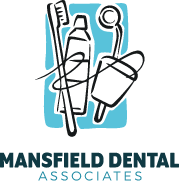Children have the tooth fairy to look forward to, but you would be hard-pressed to find an adult who is excited to lose a tooth. That unsightly absence can mar your smile, and undermine your confidence. Tooth loss can also complicate the way a person chews, and speaks. A missing tooth leaves the surrounding teeth with less support, which makes them vulnerable to movement. In addition to repairing damaged teeth, restorative dentistry offers several methods for replacing a lost tooth or teeth.
Dental Bridges
A dental bridge is a uniquely-designed insert that replaces the form and function of a lost tooth or teeth. Your dentist takes measurements to determine that the shape and size of the bridge fits your individual needs. The color of the porcelain material can be tinted to match the shade of your natural teeth. Dental cement is used to affix the bridge to the surrounding teeth.
Dental Implants
A dental implant functions as a de facto tooth root for a replacement tooth insert. The implant is a small metal post that is inserted into your jaw bone. That implant will bond with the bone, and a permanent dental crown is attached to it. The implant locks the crown into the proper position, so that the replacement is able to withstand the pressures of flossing, chewing, and biting. Dental implants are effective for replacing one or several teeth.
Dentures
Dentures are prostheses that serve as removable replacements for missing teeth. Full dentures are used to replace full tooth loss, and partial dentures are available for a patient who retains some natural teeth. Patients who receive dentures can also have dental implants inserted, which will further stabilize dentures.





Recent Comments